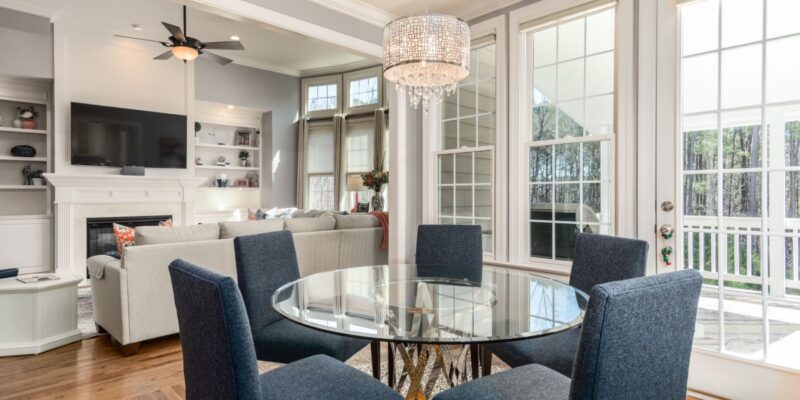
Diving into the art of interior decoration, merging the ancient charm with contemporary design can cast a magical aura that enchants every onlooker. A unique approach catching the eye of design aficionados is adorning living spaces with antique scientific instruments. These pieces, once pioneers in the journey of exploration and discovery, today stand as distinctive decor elements, adding a layer of history and fascination to our homes.
The Allure of the Old
Incorporating antique scientific instruments into your home does not merely enhance its aesthetic appeal but forges a connection with the long-standing tradition of exploration and the monumental history of science. Each item, with its distinct backstory and craftsmanship, becomes not just a focal point for discussion but also an educational artifact and a masterpiece.
Choosing the Perfect Pieces
The essence of flawlessly integrating antique scientific instruments into your home lies in careful selection. It’s crucial to pick items that resonate with your personal style and they need to harmonize with your home’s existing decor. Consider the item’s size, its state of preservation, and its historical and scientific significance. An item that is not only visually appealing but also operational adds value by being both a decorative and interactive piece, such as the large assortment of Dutch Time Pieces.
Weaving them into Your Home Decor
- Blend Function and Beauty: When placing antique scientific instruments in your decor, think about both their visual charm and original purpose. A vintage microscope, for instance, can grace a shelf in the living room, intriguing visitors with its complex details and serving as a homage to scientific inquiry.
- Curate Themed Collections: Assembling related items creates a captivating and coherent display. You might allocate a corner to maritime tools, celestial observing instruments, or devices for measurement. This approach not only showcases the elegance of each piece but also weaves a narrative of scientific exploration.
- Mix Old with New: To avoid a museum-like feel, mix antique elements with modern decor. Modern furnishings and artwork can complement historical pieces, achieving a balanced and inviting ambiance of past and present.
- Highlight with Lighting: The right lighting can transform the appearance of antique scientific instruments. Using spotlights or well-placed lamps to accentuate these items’ details in craftsmanship and features can make them the centerpiece of any room.
A Lot of Benefits
- Educational Merit
These aged treasures serve as tangible bridges to the past, offering glimpses into the progression of scientific knowledge and technological advancements. They spark curiosity and cultivate a space conducive to learning, enhancing your living environment with both wisdom and elegance.
- Distinctive Charm
Vintage scientific instruments transcend mere relics; they epitomize artistic mastery. Their unparalleled designs and craftsmanship bestow a singular, refined aura upon interiors, setting your dwelling apart with sophistication.
- Potential Investment
In addition to their decorative and educational allure, vintage scientific tools harbor potential as valuable assets. Their significance may appreciate over time, particularly with diligent maintenance and historical relevance.
- Sustainable Selection
Opting for antique adornments aligns with eco-conscious principles. By repurposing historical artifacts, the demand for new manufacturing is curtailed, thus promoting environmental preservation.
Long story short
Adorning your home with antique scientific instruments is a voyage through time, a celebration of humanity’s quest for understanding and aesthetics. These pieces not only elevate the visual appeal of your spaces but also imbue them with historical significance and educational value. Whether you are an avid collector or a newcomer to the world of antiques, integrating these timeless pieces into your decor is a splendid way to honor the confluence of science, history, and art.












